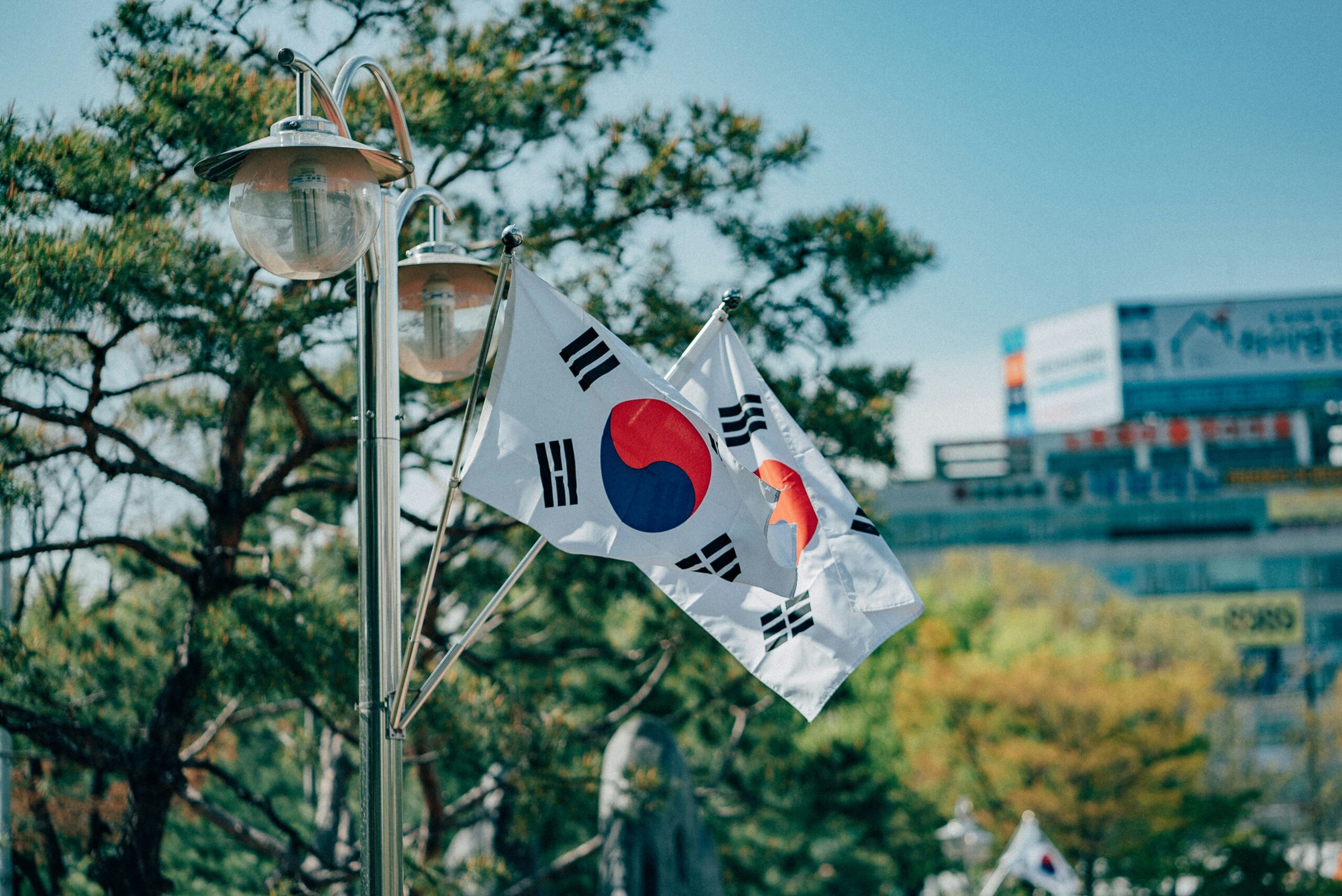
More than 700 civilians visit South Korea’s military hospitals amid doctors’ walkout
In a recent turn of events, South Korea’s military hospitals have seen a surge in civilian patients as doctors across the country have gone on strike. The walkout, which began on Monday, has left thousands of patients without access to medical care, prompting many to seek treatment at military facilities.
The strike, organized by the Korean Medical Association (KMA), is in protest against the government’s plan to increase the number of medical students and open new medical schools. The doctors argue that this move will lead to an oversupply of doctors and lower the quality of healthcare in the country.
As a result of the strike, many hospitals and clinics have been forced to limit their services or close entirely. This has left patients with no choice but to seek alternative options, such as military hospitals, which have remained open throughout the strike.
The impact on civilian patients
Since the strike began, more than 700 civilians have sought treatment at military hospitals, according to the Ministry of National Defense. These hospitals, which are primarily intended to serve military personnel and their families, have had to adapt to the influx of civilian patients.
While the military hospitals have been able to accommodate the increased demand so far, there are concerns about the long-term sustainability of this arrangement. The facilities are not equipped to handle a large number of civilian patients on a regular basis, and the strain on resources could affect the quality of care provided.
Furthermore, military hospitals may not have the specialized expertise or equipment required for certain medical conditions, which could pose a challenge for civilian patients with complex medical needs.
Government response and potential solutions
The South Korean government has expressed concern over the strike and its impact on patients. The Ministry of Health and Welfare has urged the KMA to end the strike and resume negotiations to find a solution that addresses the concerns of both doctors and the government.
One potential solution that has been proposed is the establishment of a task force comprised of representatives from the government, the KMA, and other stakeholders. This task force would be responsible for reviewing the government’s plan and making recommendations for any necessary adjustments.
Another option being considered is the introduction of financial incentives to encourage doctors to work in underserved areas, such as rural regions. This would help address the issue of unequal distribution of medical resources and alleviate some of the concerns raised by the doctors.
Conclusion
The ongoing doctors’ strike in South Korea has had a significant impact on the country’s healthcare system, with thousands of patients left without access to medical care. The surge in civilian patients seeking treatment at military hospitals highlights the urgent need for a resolution to the strike.
While the government and the KMA continue to engage in negotiations, it is essential to prioritize the well-being of patients and ensure that they have access to the medical care they need. Finding a solution that addresses the concerns of both doctors and the government is crucial for the long-term stability and quality of South Korea’s healthcare system.


